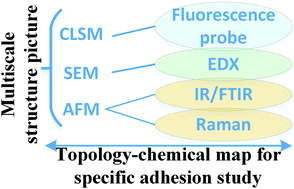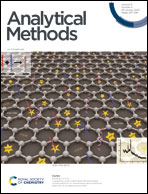Methods to probe the formation of biofilms: applications in foods and related surfaces
Abstract
Biofilms of bacteria affect product quality and safety of food. Bacterial adhesion onto surfaces of processing equipment in contact with foods is indicated by the formation of biofilms. To date, little is known about the principles of nucleation and growth of such films. There are many factors promoting biofilms, such as food-surface contact, nature of the food product, types of bacteria, and parameters associated with food processing. The synergetic effects among them make it difficult to probe the formation of biofilms. In order to obtain a fundamental understanding of biofilms related to food and to identify effective methods to study the same, we reviewed the literature for roles of surface topography of bacteria and their attachment on a substrate. Specifically, we evaluated methods to characterize the morphology and detect chemicals of biofilms. Through this effort, we recommend three effective approaches to probe biofilms: (i) observation with various microscopic methods with different view fields at the same point; (ii) in-depth data analysis during microscopic image processing; (iii) combinative study using atomic force microscopy (AFM) and chemical analysis. This review intends to help researchers develop effective methods to provide insight into biofilm formation and to subsequently find ways to control it.

- This article is part of the themed collection: Open Access Reviews


 Please wait while we load your content...
Please wait while we load your content...